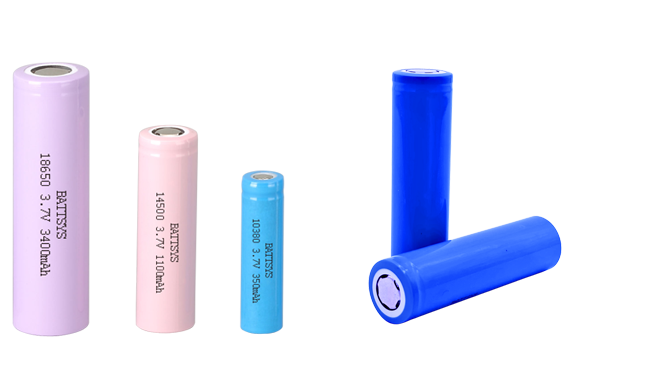Characteristics and classification of negative electrode materials for polymer lithium batteries.Characteristics of negative electrode materials for polymer lithium batteries:
As a negative electrode material for polymer lithium batteries, it should meet the following requirements:
1. The oxidation-reduction potential during lithium insertion should be as low as possible, close to the potential of metallic lithium, in order to increase the output voltage of the battery;
2. Lithium can reversibly deintercalate as much as possible in the host material, with a higher specific capacity value;
3. During the process of lithium deintercalation, there is little or no change in the main structure to ensure good cycling performance;
4. The variation of oxidation-reduction potential with the number of lithium insertions x should be minimized as much as possible, so that the voltage of polymer lithium batteries will not undergo significant changes and can maintain relatively stable charging and discharging;
5. Insertion compounds should have good electronic and ionic conductivity, which can reduce polarization and enable large battery charging and discharging;
6. Has a good surface structure and can form a good solid electrolyte interface (SEI) film with liquid electrolytes;
7. Lithium ions have a large diffusion coefficient in the host material, which facilitates rapid charging and discharging;
8. Cheap price, abundant resources, and no pollution to the environment.

Classification of negative electrode materials for polymer lithium batteries:
Polymer lithium batteries can be classified into two categories based on their composition: carbon negative electrode materials and non carbon negative electrode materials. Carbon materials mainly include graphite and graphitized carbon materials, as well as non graphite (amorphous) carbon materials. Graphite based carbon materials include natural graphite, artificial graphite, and modified graphite, which have a good layered structure. Lithium ions are embedded in the interlayer of graphite to form LixC6 interlayer compounds, with a theoretical capacity of 372mA · h/g. They have a good voltage platform and no charging (lithium deintercalation) voltage hysteresis; Amorphous carbon materials can be divided into easily graphitized carbon materials (also known as soft carbon) and difficult graphitized carbon materials (also known as hard carbon) according to their degree of graphitization difficulty. Non graphitized carbon materials have different lithium storage mechanisms from graphite, usually exhibiting higher specific capacity, but with higher voltage levels and potential hysteresis. At the same time, the cycling performance is not ideal, and the reversible lithium storage capacity generally decays relatively quickly with cycling.
Non carbon negative electrode materials include tin based materials, silicon-based materials, nitrides, titanium based materials, transition metal oxides, and other novel alloy materials. The development of non carbon negative electrode materials is mainly based on the low specific capacity of carbon based materials, which cannot meet the increasing capacity requirements of batteries. In addition, carbon based materials have low initial charge and discharge efficiency, and there are disadvantages such as organic solvent co embedding. Therefore, while developing carbon materials, research and development of high-capacity non carbon negative electrode materials have also been carried out.
Tin based materials include tin oxides, tin based composite oxides, tin salts, stannate salts, and tin alloys;
Silicon based materials are divided into silicon, silicon oxides, silicon/carbon composites, silicon alloys, etc;
Titanium based negative electrode materials mainly refer to titanium oxides, including TiO2, spinel structured LiTi20, and Li4/3 Ti5/3O4, etc;
Nitrides mainly refer to various transition metal nitrides, which, like Li4/3 Ti5/3 O4, are lithium containing negative electrode materials;
Alloy materials include Sn based, Sb based, Si based, A1 based alloy materials, etc.


